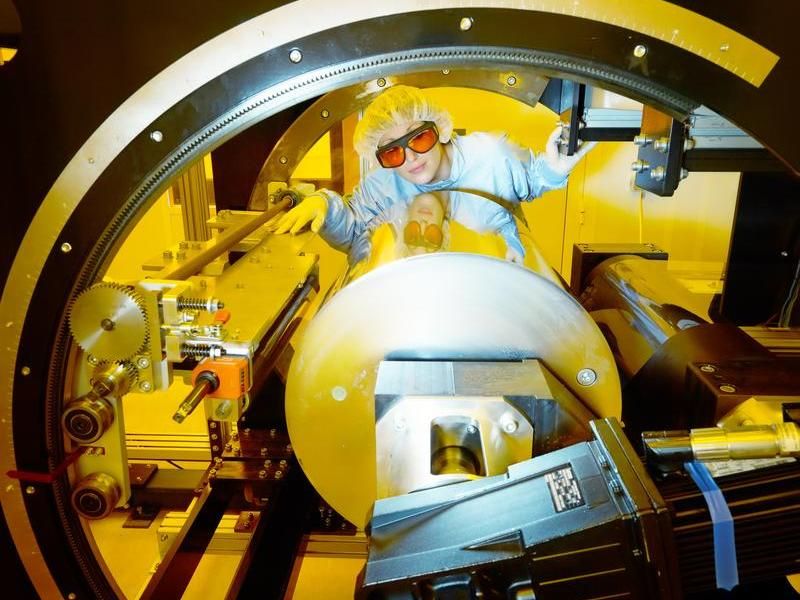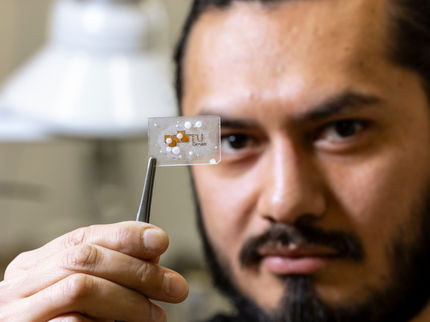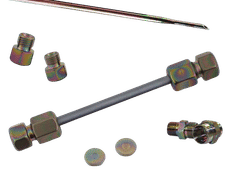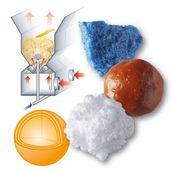One-step printing for transparent, conductive and patterned coatings in flexible touchscreens
Advertisement
Mobile phones and smart phones still haven‘t been adapted to the carrying habits of their users. That much is clear to anyone who has tried sitting down with a mobile phone in their back pocket: the displays of the innumerable phones and pods are rigid and do not yield to the anatomical forms adopted by the people carrying them. By now it is no longer any secret that the big players in the industry are working on flexible displays. How to produce cost efficient suitable coatings for that will be demonstrated by the developments of the INM – Leibniz Institute for New Materials at the International Nanotechnology Exhibition and Conference nano tech 2016.

One-step printing process provides cost-efficient conductive coatings for flexible touchscreens
Uwe Bellhäuser, INM
The INM will be presenting new nanoparticle inks, using transparent, conductive oxides (TCO`s). They are suitable for a one-step printing process on thin plastic foils. Thus transparent lines and patterns were obtained by direct gravure printing, which are electrically conductive even after bending. Conductive coatings with TCOs are usually applied by means of high vacuum techniques, as sputtering. For patterning of the TCO coatings additional process steps as photolithographic and etching process steps are necessary. They are cost-intensive, in contrast to a one-step printing process, which is enabled by using the new developed TCO inks.
“We use the TCOs to produce nanoparticles with special properties”, says Peter William de Oliveira, Head of the Optical Materials Program Division, “the TCO ink is then created by adding a solvent and a special binder to these TCO particles.” The binder performs several tasks here: it not only makes the TCO nanoparticles adhere well on the film; it also increases the flexibility of the TCO coating. In this way, the conductivity is maintained even when the films are bent. The ink can then be applied to the film directly by gravure printing using a printing plate. After curing under UV light at low temperatures less than 130°C, the coating is ready.
The transparent electronic inks allow conductor tracks to be produced unproblematically even on a large-scale by means of the classic reel-to-reel process. Initial trials at INM have been promising. The researchers all agree that the use of structured rollers will in the future allow even large, structured conductive surfaces to be printed with a high throughput at low cost.



































































